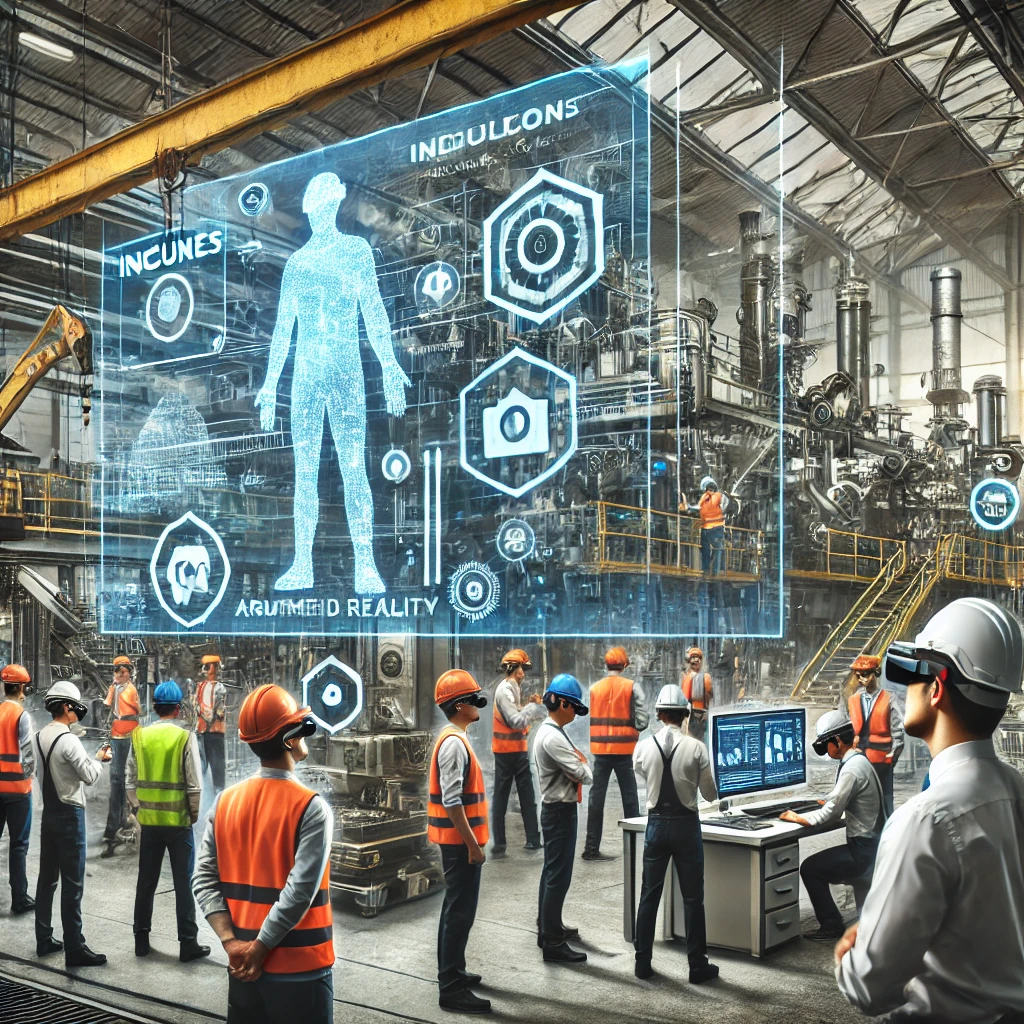Future of Industrial Training with Virtuality
In today’s rapidly evolving industrial landscape, traditional training methods are being revolutionized by the integration of virtuality. The concept of virtuality, encompassing Virtual Reality (VR) and Augmented Reality (AR), is paving the way for immersive and highly effective industrial training programs. This transformation is not just a trend but a necessity for industries to stay competitive in the modern era.
Key Benefits of Virtuality in Industrial Training
1. Immersive Learning Experience
Virtual training enables learners to engage in realistic simulations, replicating complex industrial scenarios. This hands-on approach enhances understanding and retention of skills compared to traditional classroom-based training.
2. Increased Safety
Industries like manufacturing and construction often involve high-risk environments. Virtual training minimizes on-the-job hazards by allowing trainees to practice in a controlled, risk-free environment.
3. Cost-Efficiency
While initial implementation costs might seem steep, virtual training significantly reduces long-term expenses related to equipment damage, downtime, and instructor fees. Companies can train employees without interrupting operations.
4. Customizable Training Modules
Virtuality allows tailored training programs to suit specific roles, departments, or skill levels, ensuring optimal relevance and effectiveness.

Overcoming Challenges AR for Industrial Training
Technological Innovations Driving Virtual Training
The rise of virtual training wouldn’t be possible without groundbreaking technological advancements:
- Wearable Devices: Devices like VR headsets and AR glasses enable immersive training experiences, blending digital overlays with real-world environments.
- AI Integration: Artificial Intelligence helps personalize training by adapting modules based on a trainee’s progress and performance.
- Cloud Computing: Cloud-based platforms provide scalable and accessible training solutions, making it easier for global industries to implement virtual training.
- Haptic Feedback: This technology adds a tactile dimension, allowing trainees to “feel” the machinery or tools they’re working with virtually.
Challenges in Implementing Virtual Training Solutions
While virtuality offers immense potential, its adoption is not without hurdles:
- High Initial Investment: Implementing virtual training requires substantial investment in hardware, software, and infrastructure.
- Technical Limitations: Some industries face challenges with bandwidth, latency, or compatibility issues when deploying virtual solutions.
- Resistance to Change: Employees and management accustomed to traditional methods may initially resist transitioning to virtual training.
- Skill Gap: Designing and managing virtual training modules requires specialized skills, creating a need for trained personnel.
Overcoming these challenges involves strategic planning, stakeholder buy-in, and leveraging partnerships with technology providers.
How Industries are Adapting to Virtual Training
Industries worldwide are increasingly recognizing the value of virtuality in training programs. Here’s how they’re adapting:
- Pilot Programs: Companies start with small-scale virtual training projects to measure effectiveness before full implementation.
- Collaboration with Tech Partners: Partnering with AR/VR developers ensures seamless integration and support.
- Continuous Feedback: Industries are incorporating employee feedback to refine training modules and enhance user experience.
- Hybrid Training Models: Combining virtual training with traditional methods ensures flexibility and accommodates diverse learning preferences.
Conclusion: Embracing Virtuality for a Brighter Future
The future of industrial training is undeniably intertwined with virtuality. By adopting VR and AR solutions, companies can create safer, more efficient, and highly engaging training environments. Though challenges exist, the benefits far outweigh the costs, positioning virtuality as a cornerstone for industrial success.















Leave a Reply